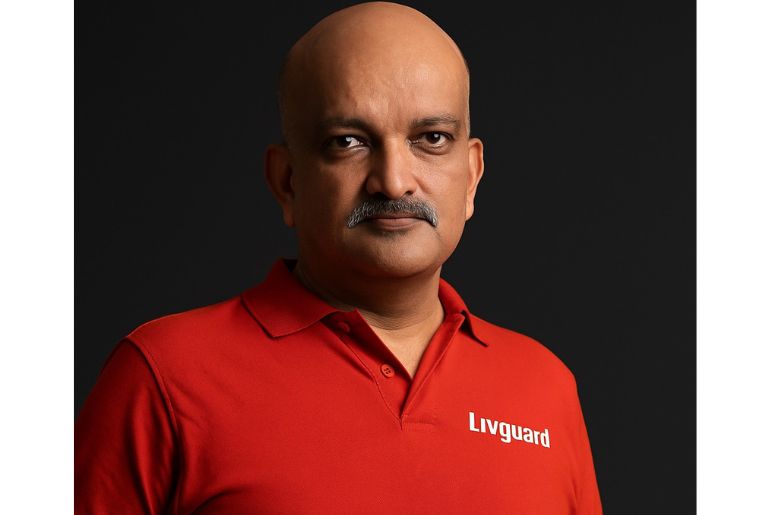In many rural areas of India, constant electricity supply is still a problem despite major electrification initiatives. Access to electricity has improved in the last 20 years. In 2020, 97% of Indian households had electricity, compared to just 56% in 2000. By any measure, connecting almost 800 million people to the grid since 2001 is an impressive accomplishment. However, only 0.33% of families with access to electricity rely on off-grid sources, and 2.4% of houses remain unelectrified.
This highlights a global problem. Over a billion people still do not have access to electricity. Many of them live in rural areas, and they do not have access to available infrastructure. Electricity is not just a basic need, but it is also crucial for rural development. It can help to reduce poverty, create jobs, and improve overall socioeconomic status. Complete electrification still faces challenges from weak infrastructure, inconsistent policies, and geographic obstacles. Government schemes like PM Surya Ghar Muft Bijli Yojana along with other state level schemes are already supporting decentralized solar adoption.
India has already made progress in bringing electricity to villages, and the next step is to make sure that people do not depend only on the main grid. Distributed solar energy is the key to rural electrification as extending the central grid to every corner of the rural areas is not possible and economical. This is where reliable, high-efficiency distributed energy sources like solar mini-grids, rooftop panels and local power systems with integrated monitoring can provide a purpose-built and seamless power supply and bring cost-efficient and affordable electricity directly to households and small hubs. This approach not only strengthens what has already been achieved but helps to provide rural people with affordable options.
According to MNRE report, the uptake of solar energy in India has accelerated significantly in recent years. The largest contributor to capacity expansion in 2024–2025 was solar, with cumulative solar power capacity of 123.13 GW. This growth highlights the increasing adoption of both utility-scale and distributed solar solutions, underscoring their critical role in providing affordable, reliable, and sustainable electricity, especially in rural areas.
The key to successful distributed solar solutions is reliable energy storage. High-efficiency lithium-ion batteries turn inconsistent solar energy into a steady power source. They make sure electricity is available even when the sun isn’t shining. These cutting-edge systems provide consistent performance, a longer lifespan, and less maintenance than traditional lead-acid batteries. In contrast to conventional batteries, modern smart Battery Management Systems (BMS) guard against deep discharges, overcharging, and temperature-related stress all of which are especially important in India’s varied climate. Rural electrification is changed from a short-term convenience to a sustainable, long-term solution by this clever fusion of solar power and energy storage.
Beyond storage, the use of smart inverters, modular systems, and IoT-enabled monitoring is making distributed solar more effective. These technologies make sure that power is available and optimized for rural situations. This includes quick recharge cycles for solar-powered hubs, predictive maintenance to reduce downtime, and flexible designs that let systems grow with community needs. By adding these intelligence features to distributed energy systems, villages get resilient, future-ready power solutions instead of temporary solutions.
Innovative financing models are also critical to scaling adoption. Pay-as-you-go (PAYG) solutions, community-owned cooperatives, and microfinance partnerships are helping rural households bypass high upfront installation costs. Blended finance and CSR-backed projects are further making solar adoption viable in underserved regions.
One of the many benefits of distributed solar is that it provides reliable power. In rural areas, schools can have virtual classrooms, healthcare facilities can continue to provide services, farmers can water their fields on time and small businesses can run uninterrupted. Distributed solar immediately improves rural livelihoods and kickstarts local economic growth by reducing dependence on diesel generators or grid power. From barely surviving to truly thriving is what communities can go when low cost and reliable power is available.
Distributed solar also benefits the environment apart from these economic benefits. Unlike fossil fuel based power generation, solar is clean, renewable and produces no greenhouse emissions or air pollution. Rural India can reduce their carbon footprint and contribute to the country’s goals for clean and renewable energy by using solar with smart storage. Despite all these, adoption of distributed solar still faces challenges of upfront installation costs, infrastructure needs and grid connectivity. Deployment may be slowed by inconsistent state policies and inadequate local infrastructure. We need a mix of clever finance plans, subsidies, and investments in dependable storage and cutting-edge grid system solutions to address these problems.
Distributed solar also creates a strong social impact. Women in rural households, often the most affected by unreliable power, gain safer mobility, more time for income-generating activities, and opportunities for entrepreneurship when access to electricity is reliable. This gender-inclusive lens strengthens the case for accelerating solar adoption.
In the future distributed solar power will play an important role in the rural areas. Technology advancement, reduced costs, and growing public awareness, solar energy is now more accessible than ever before. It provides each village with reliable, affordable, and sustainable power in addition to intelligent storage choices and community-focused projects. Emerging trends like agrivoltaics, solar-powered EV charging hubs, and cold storage solutions for agriculture are set to further connect rural livelihoods with renewable power, multiplying the benefits of distributed energy. India’s leadership in distributed solar puts it alongside other emerging economies that are proving renewable energy can leapfrog traditional infrastructure.
Distributed solar power serves as a tool for resilience, empowerment, and sustainable development, advancing the Viksit Bharat 2047 goal.

